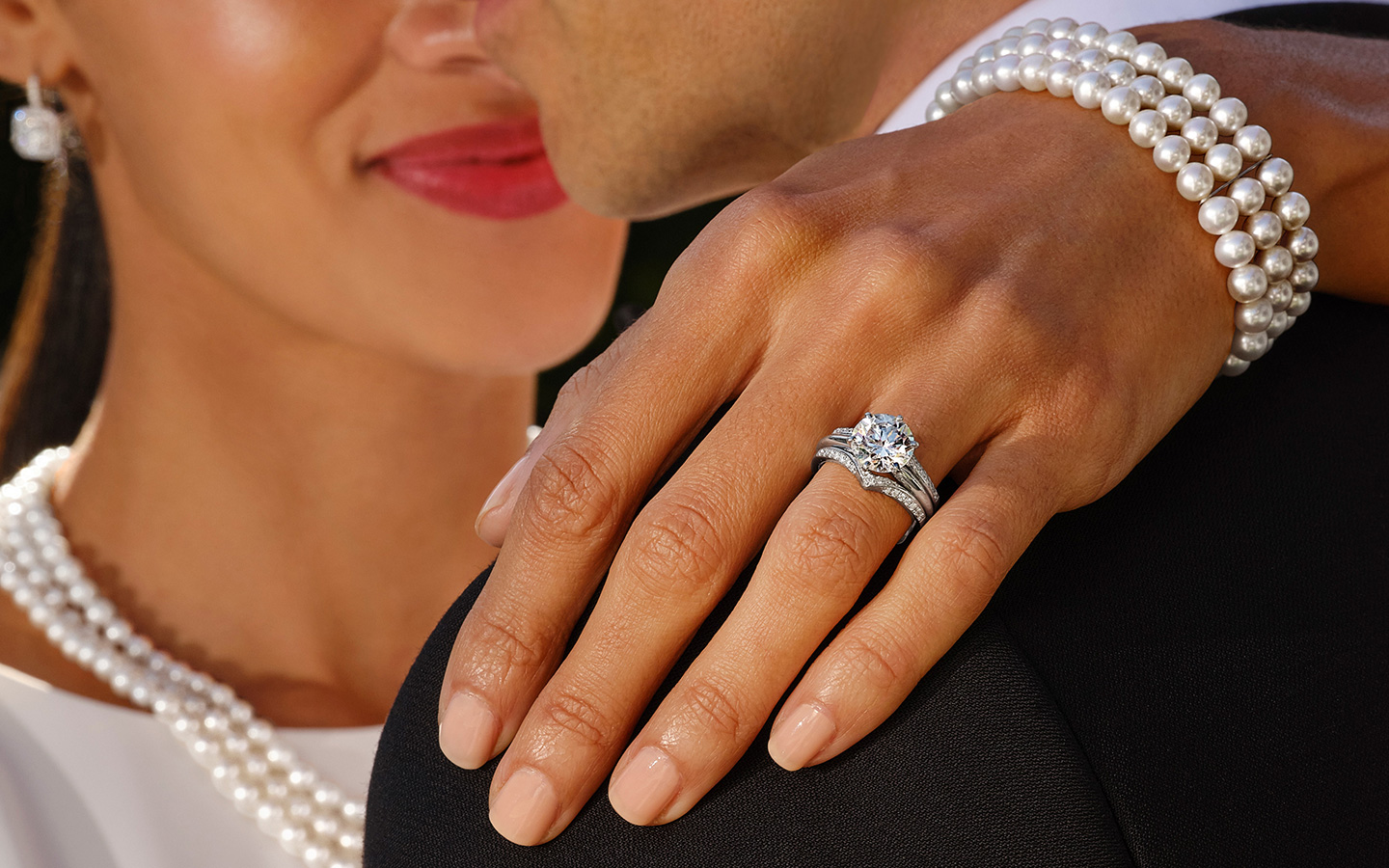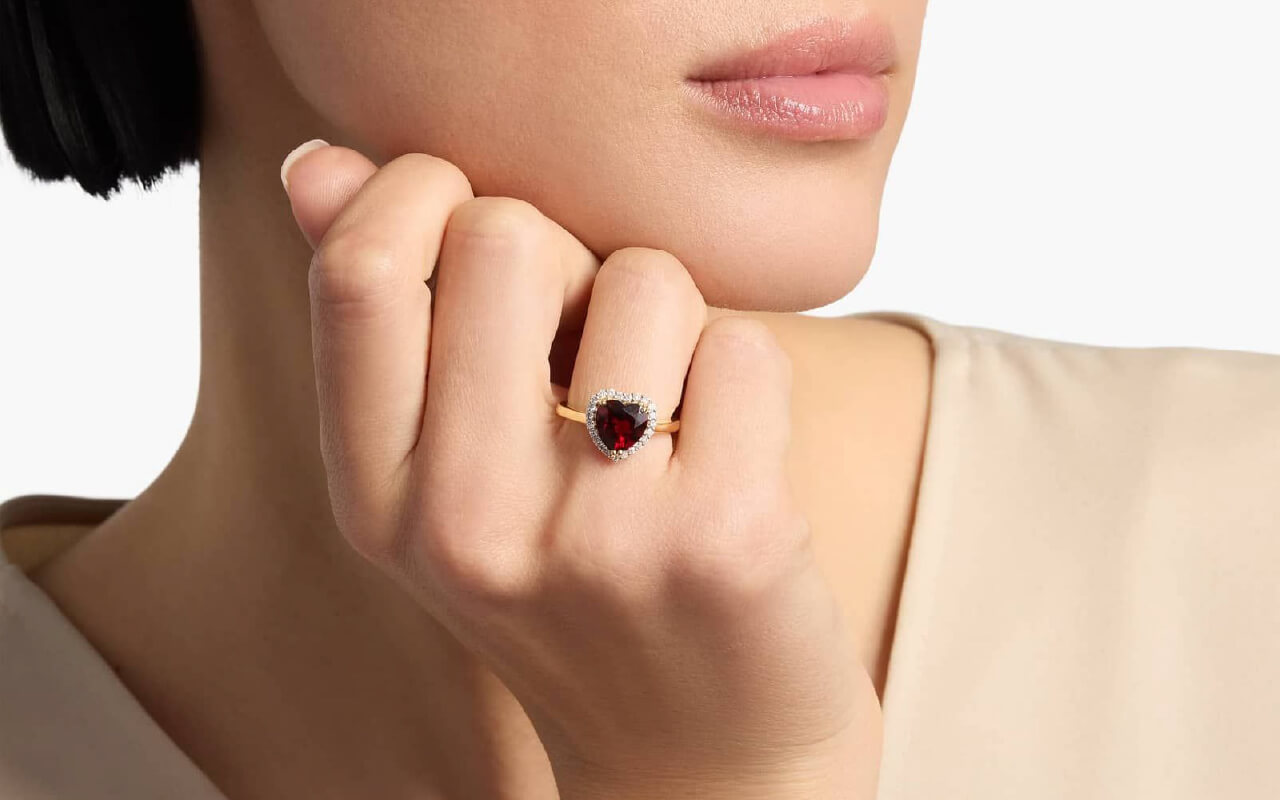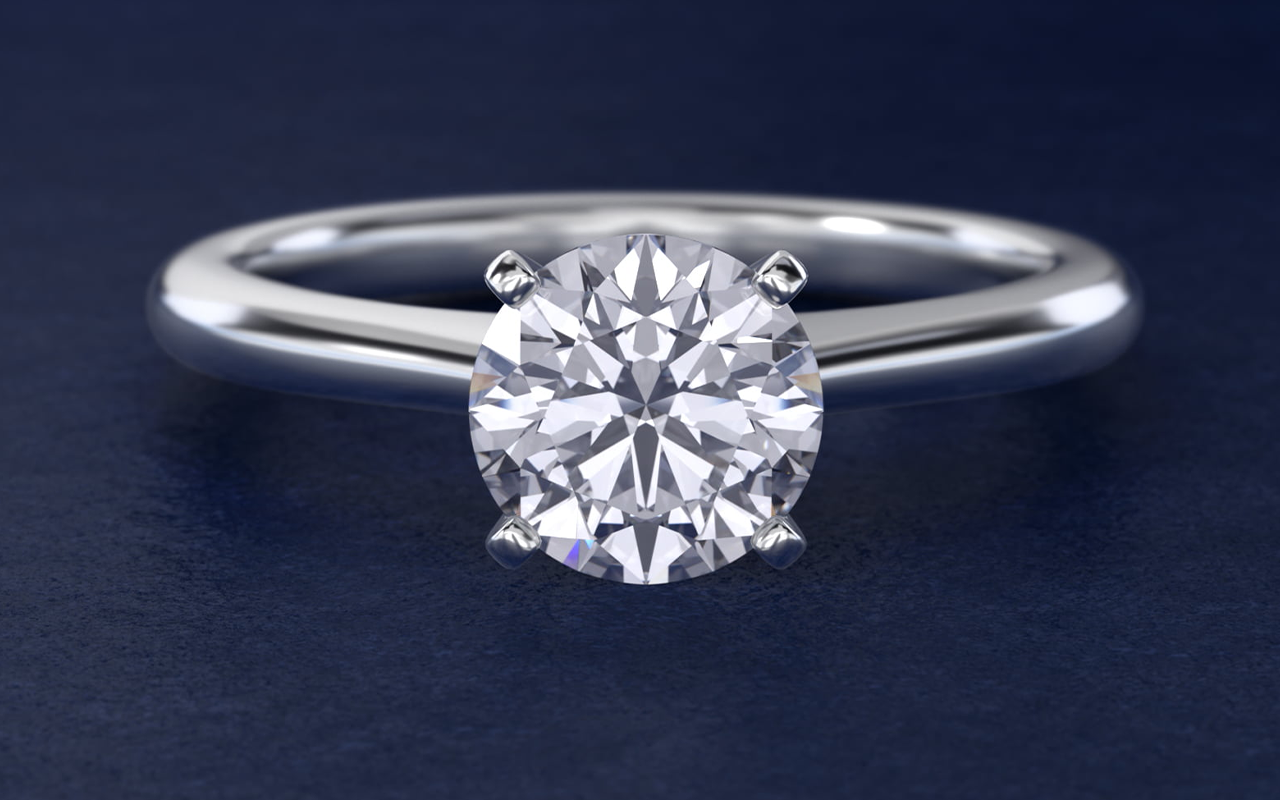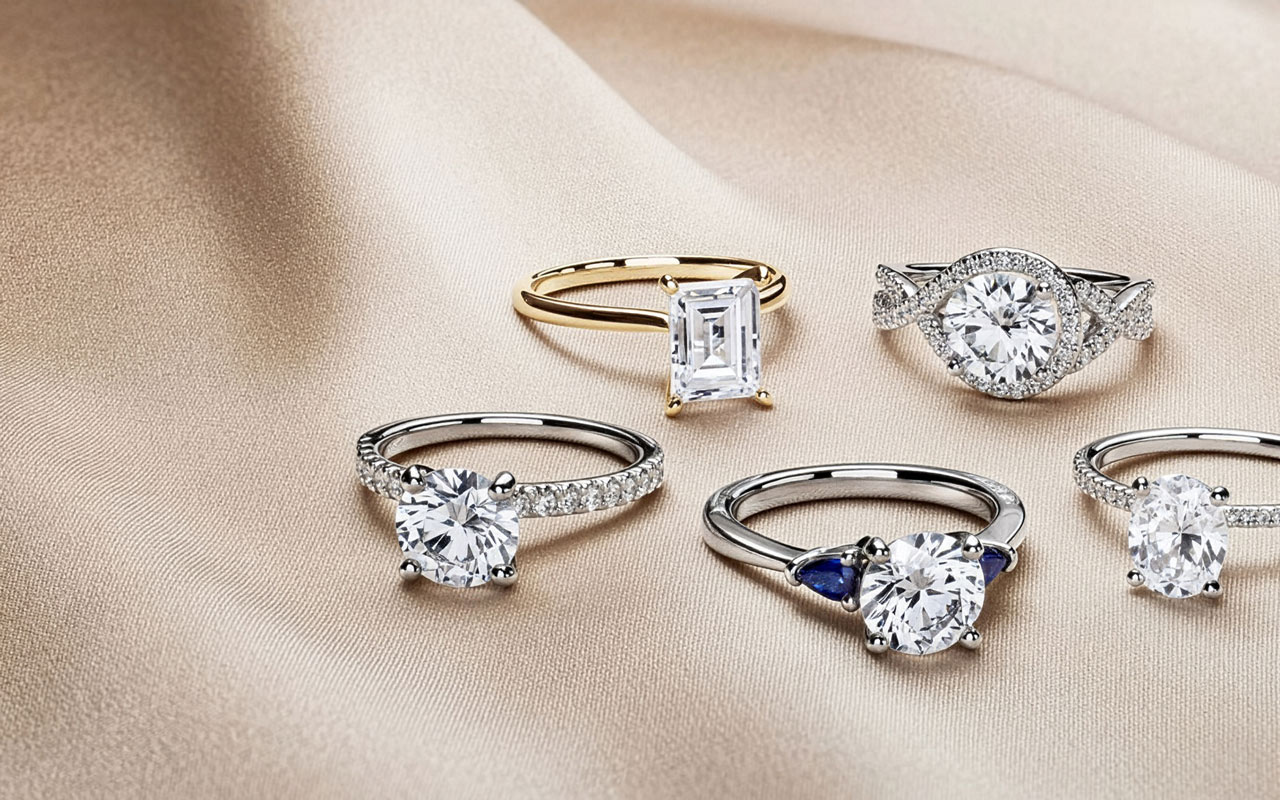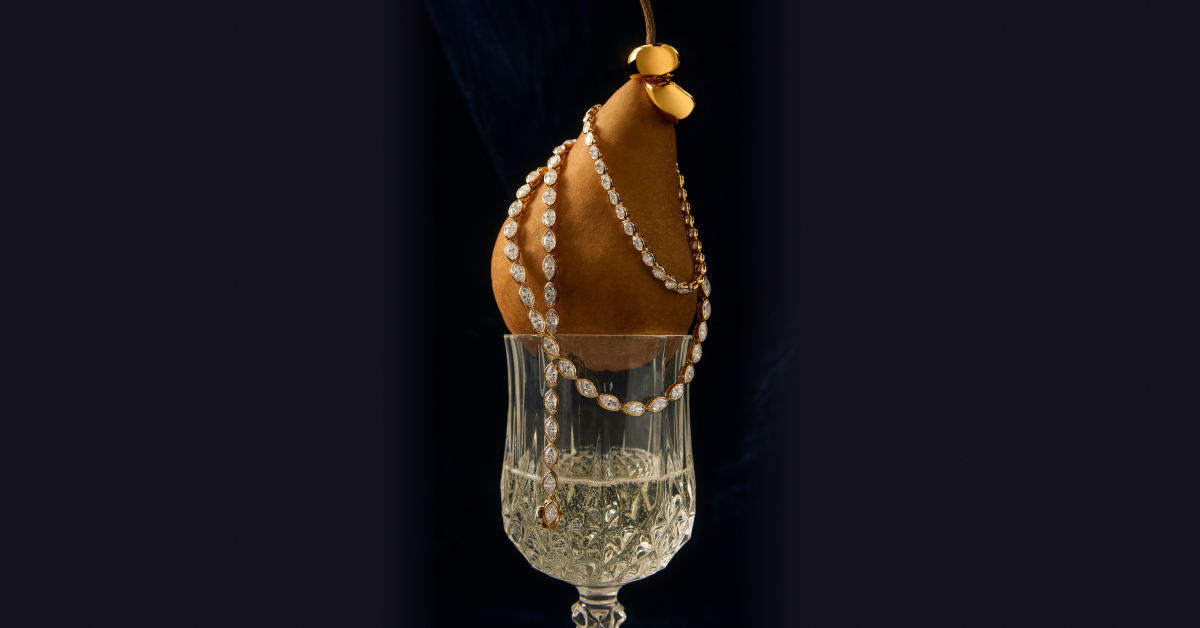Gold or platinum? Round diamonds or colorful gemstones? Halo or no halo? Lab grown or natural diamonds? There are many choices to make when shopping for engagement rings. Gold or platinum? Round diamonds or colorful gemstones? Halo or no halo? Lab grown or natural diamonds? Today, we’re looking into the comparison of lab created and natural diamonds for engagement rings. Both are popular choices for this meaningful jewelry.
The Differences Between Natural and Lab Grown Diamond Engagement Rings
Diamonds are cherished gemstones that bring unrivaled beauty to jewelry of all styles. Whether you choose natural or lab grown diamonds, you can rest assured that you’re choosing timeless gems. There is only one major difference between lab created or natural diamonds, and that’s how lab grown diamonds are made.

Natural diamonds were made beneath the earth’s crust, taking millennia to form through geological processes. Lab grown diamonds, on the other hand, are produced in controlled scientific settings that mimic the natural processes of diamond creation.
Appearance, Durability and Certification Similarities
When considering natural versus lab grown diamond engagement rings, it’s important to note the numerous similarities between these types of diamonds. Both natural and lab grown diamond engagement rings feature durable diamonds with similar brilliance, fire and even grading reports. Lab grown and natural diamond engagement rings are both rings with real diamonds, the only difference is how those diamonds were made.
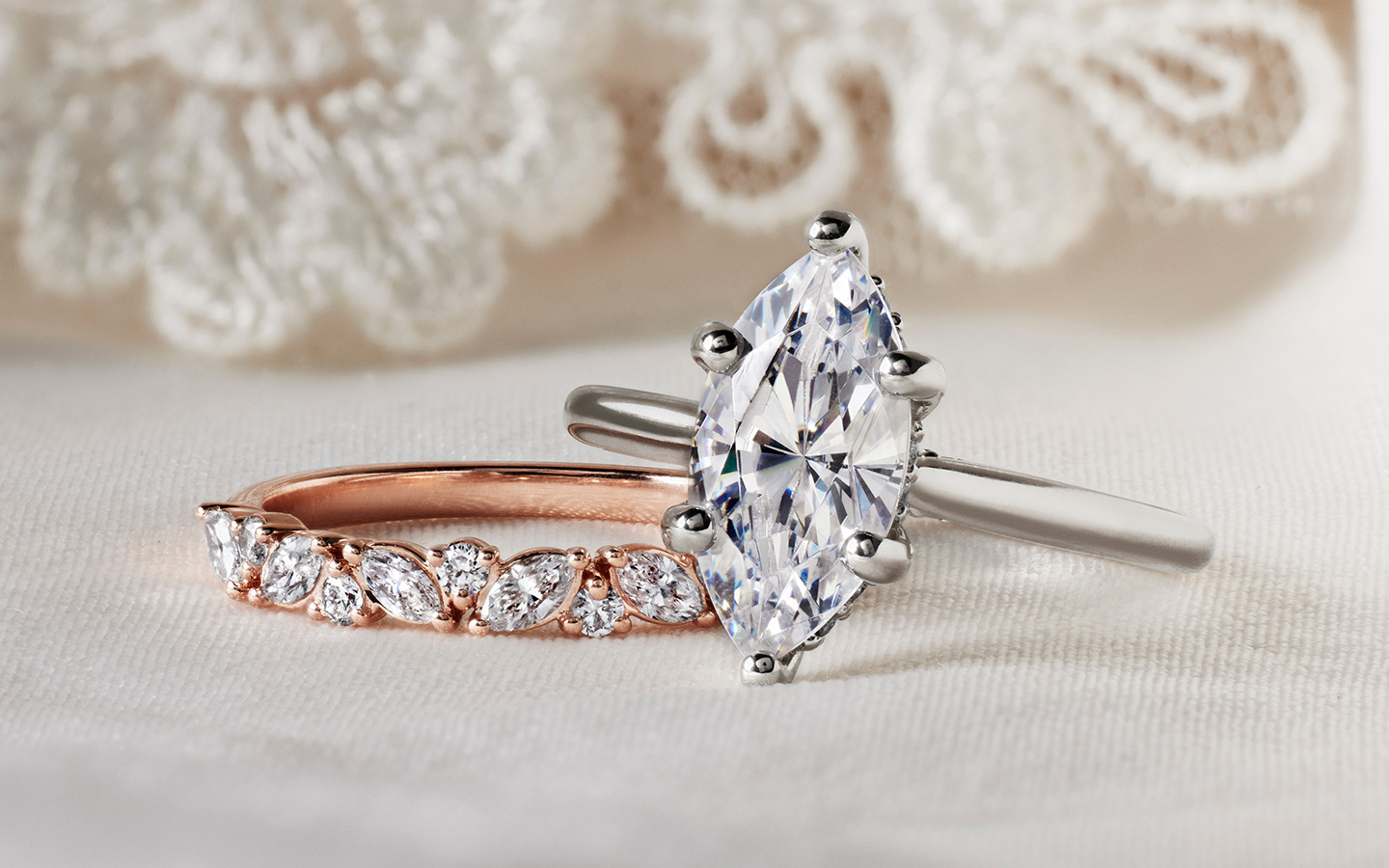
Natural and lab grown diamond rings both bring incredible beauty, showcasing the brilliance and durability that make diamonds the most popular gems for engagement rings and wedding bands. Both types of diamonds receive IGI or GIA grading, making it easy to choose the perfect fit for your budget and the wearer’s style.
When it comes to durability, appearance and diamond grading, both lab and natural diamonds have the same criteria. You can choose from natural or lab grown diamond engagement rings with diamonds of various shapes, colors, clarity ratings, carat weights and cuts. There are high-quality and lower quality ratings available for both lab created and natural diamonds, one type of diamond isn’t specifically better than the other in terms of 4Cs. Instead, it’s about comparing individual diamonds to choose the one that brings the features that matter the most for your special moment.
Diamond Rarity Differences
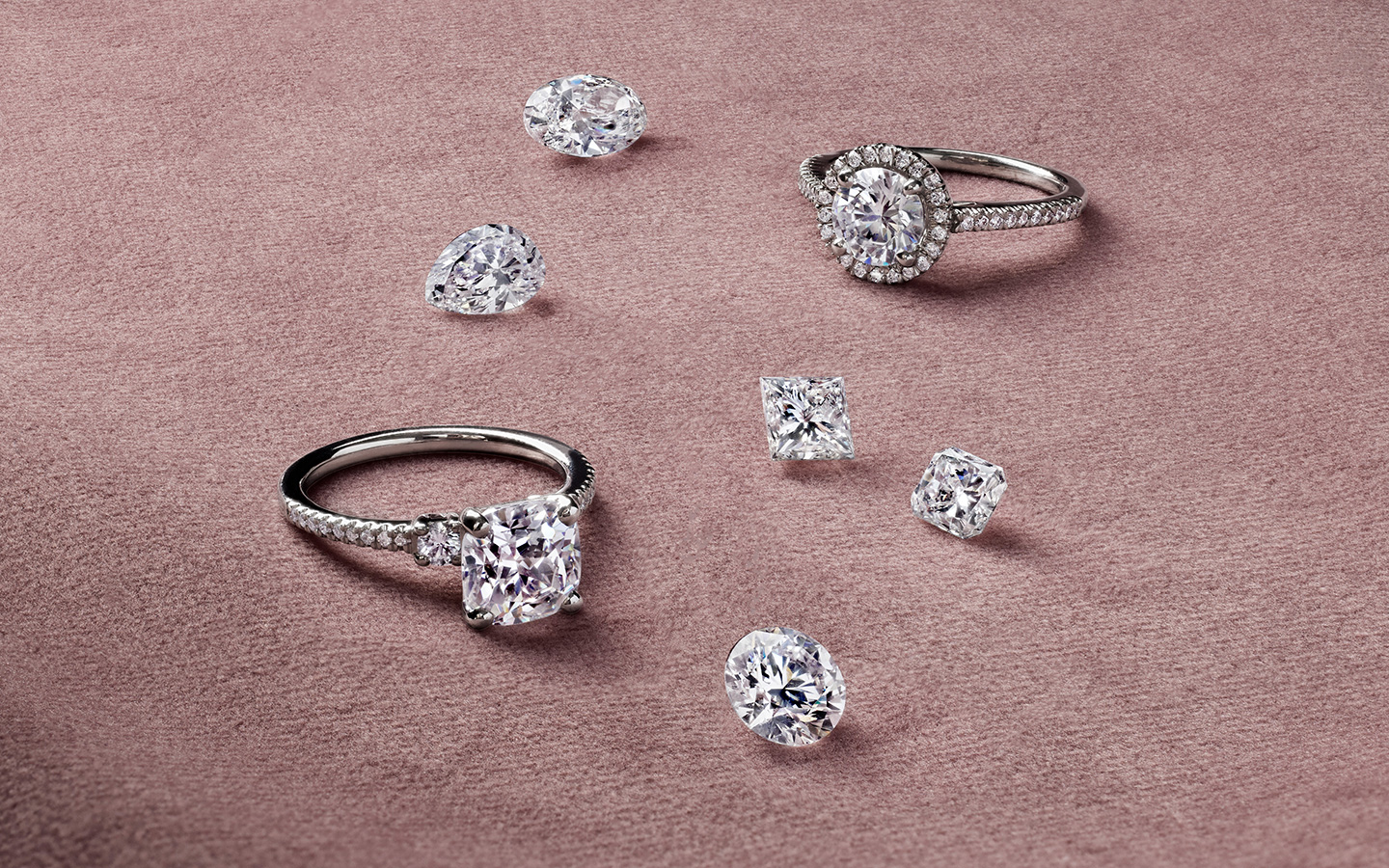
Lab diamonds can be created endlessly at scale, making them less rare than natural ones. All of the natural diamonds available already exist, and though more deposits may be found over time, there will not be more natural diamonds produced. This makes them much rarer than lab grown ones.
Price Differences
Because natural diamonds are rarer than lab ones, they typically have higher prices. A natural diamond will also have a higher resale value than a lab diamond of the same quality.
Keeping Budget in Mind
With notable price differences between natural and lab grown diamond engagement rings, budget is often a major consideration between the two. We offer a wide variety of women’s and men’s engagement rings to meet different budgets. The type of diamond you choose is a personal decision that reflects your budget and the ring wearer’s tastes.
Advantages of Lab Diamonds
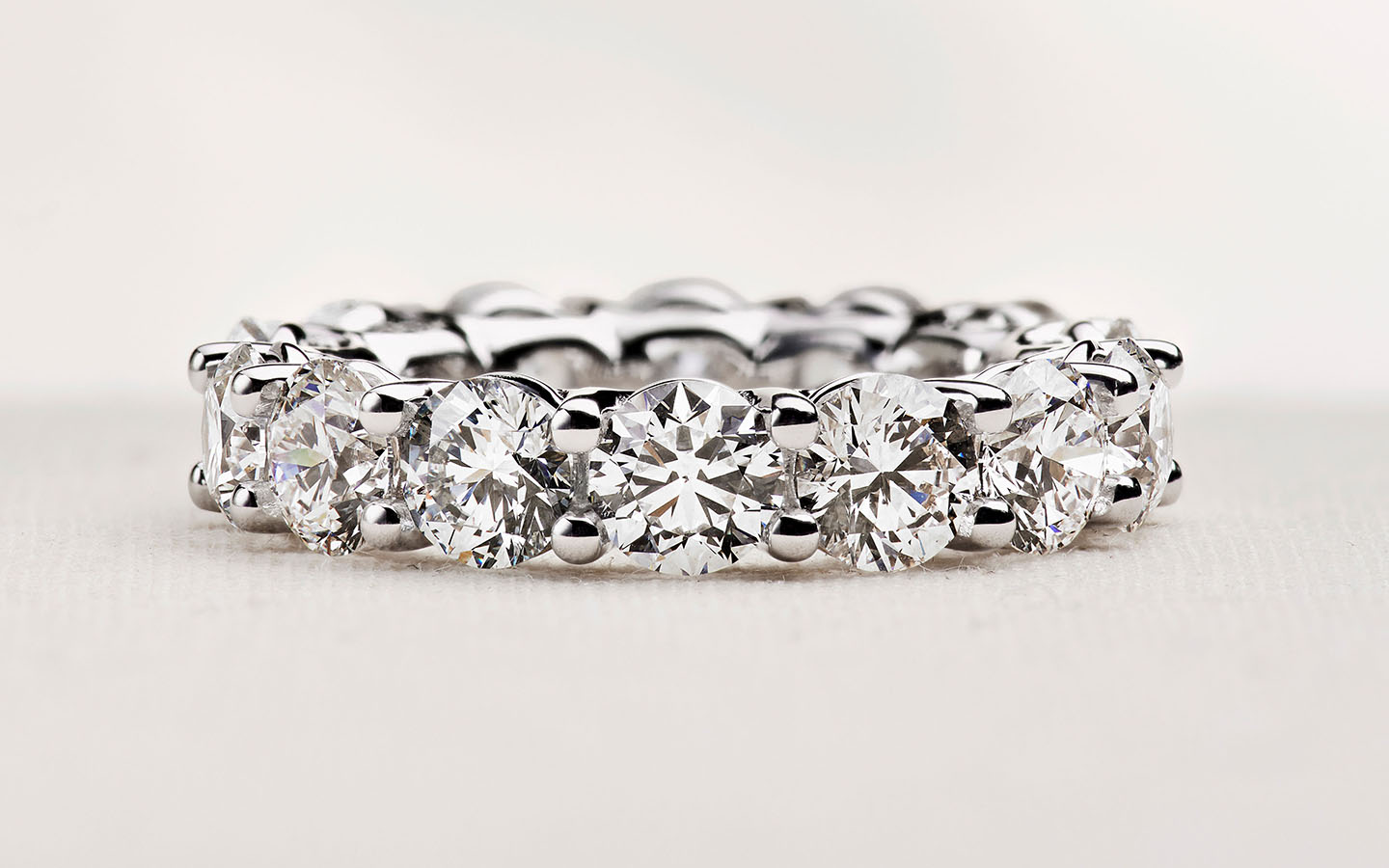
Engagement rings with lab diamonds are typically priced lower than designs with natural ones. Purchasing a ring with a lab diamond allows for greater flexibility in the diamond’s carat, with many people choosing lab diamonds that are much larger than the natural ones they may have been able to afford for the same price point.
Increased affordability isn’t the only advantage of a lab made diamond ring. Because the diamonds for these rings are created in controlled settings, many of the rarest diamond features can be incorporated into more affordable lab grown diamond jewelry and engagement rings. Colorful diamonds are exceptionally rare in natural varieties, but colorful lab diamonds bring the same look without the more expensive rarity.
Advantages of Natural Diamonds

Your love story is one-of-a-kind, with two people coming together in a special union that simply can’t be replicated. Many people choose natural diamonds to reflect the rarity of the love they’ve found with one another. The most coveted and famous diamonds are natural gems, inspiring engagement ring styles worldwide.
In addition to stunning symbolism, a natural diamond engagement ring has the advantages of higher resale value if you want to upgrade the diamond in the future, with a value that only natural diamonds can carry.
Questions About Lab or Natural Diamond Rings
Jewelry-quality lab grown diamonds are just as brilliant, durable and beautiful as jewelry-quality natural ones. Yes, lab grown diamonds are good for engagement rings and other jewelry styles. Natural diamonds are also good choices for engagement rings and fine jewelry.
In the debate of lab grown diamonds vs natural diamonds, there are more similarities than differences between these gems. The only difference is how the diamonds are created. Both lab and natural diamonds are “real” diamonds, they both consist of the same carbon molecules. The “better” diamond type is the one that matches the wearer’s tastes and the buyer’s budget.
When you shop our jewelry online or in person at one of our local jewelry stores, you can choose the exact diamond you’d like for your piece. You can browse by carat, cut, clarity, color or shape.
Both natural and lab diamonds bring the impressive durability this gem is known for. One is not stronger than the other, they are both genuine diamonds.
One diamond is not better than the other, they are simply different and showcase their own qualities. Both diamond types are authentic, genuine diamonds. The “better” choice is the one that matches the engagement ring wearer’s preferences and your budget. Some people prefer the rarity of natural diamonds while others prefer the varieties of lab diamonds. Both options are timeless, durable and beautiful additions to jewelry.
The Better Choice Matches the Wearer’s Tastes
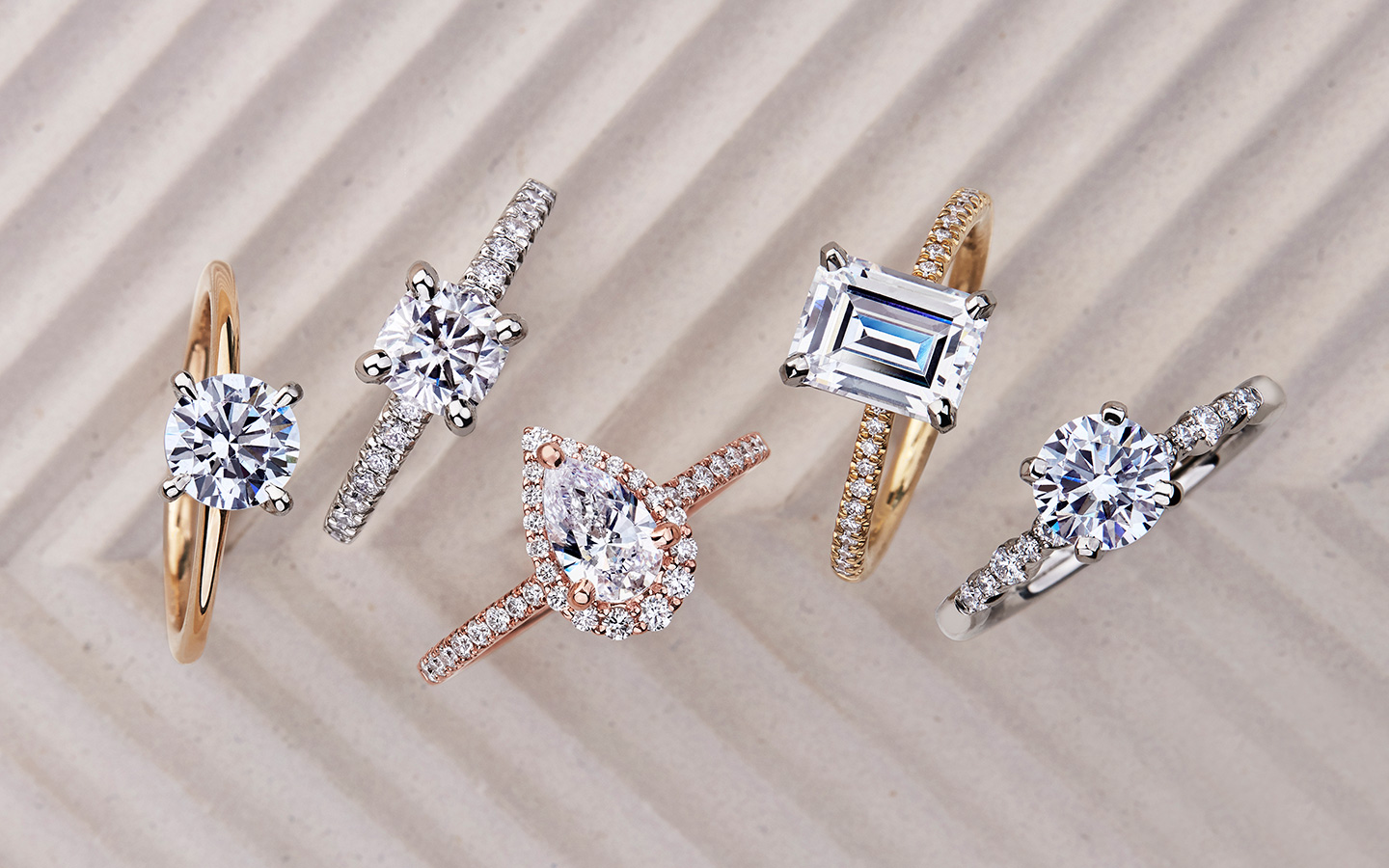
One type of diamond is not better than the other, but instead each kind has its own benefits. Both are popular choices for engagement rings. The best diamond type is the one that matches the ring wearer’s tastes and style.
Finding the perfect diamond ring, whether lab grown or natural, starts by using our free ring sizer to find the right fit.

